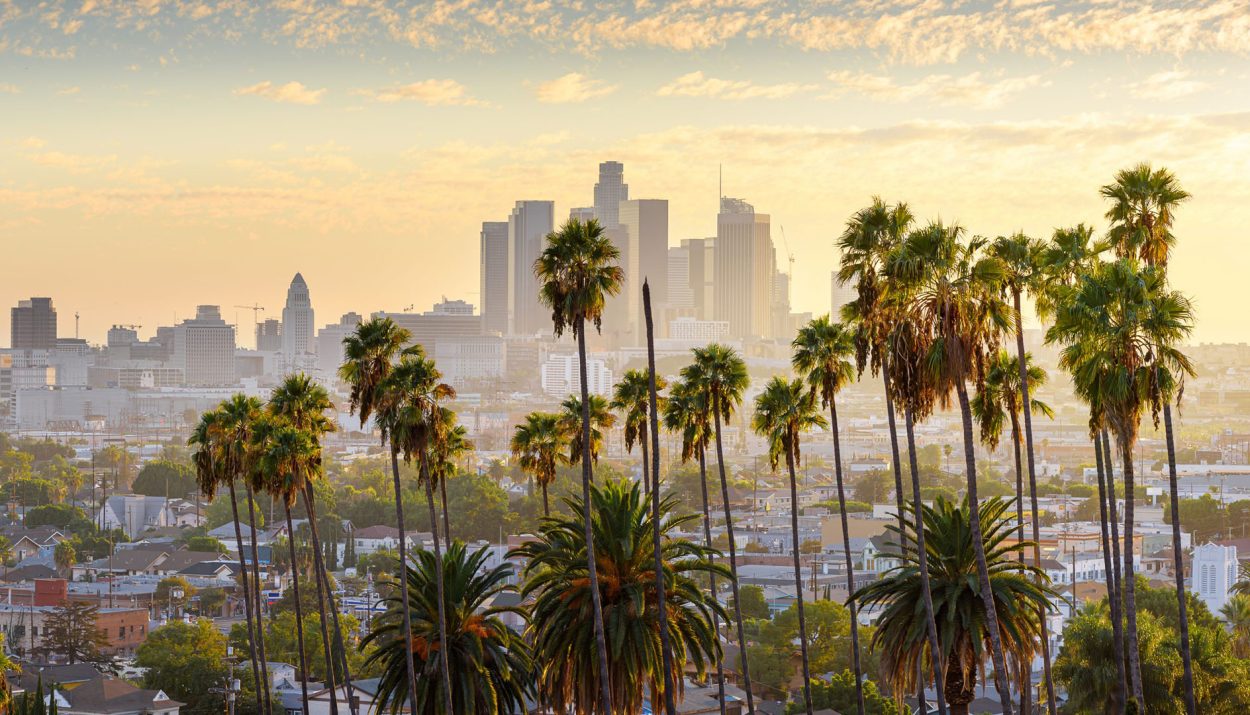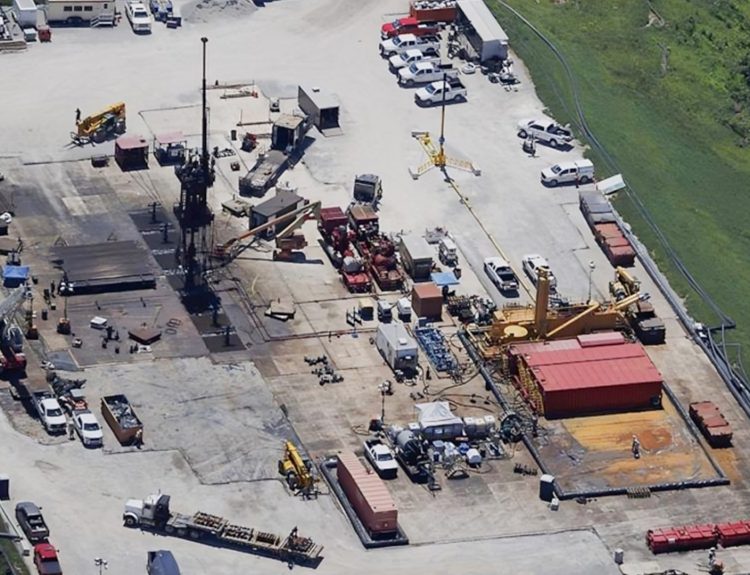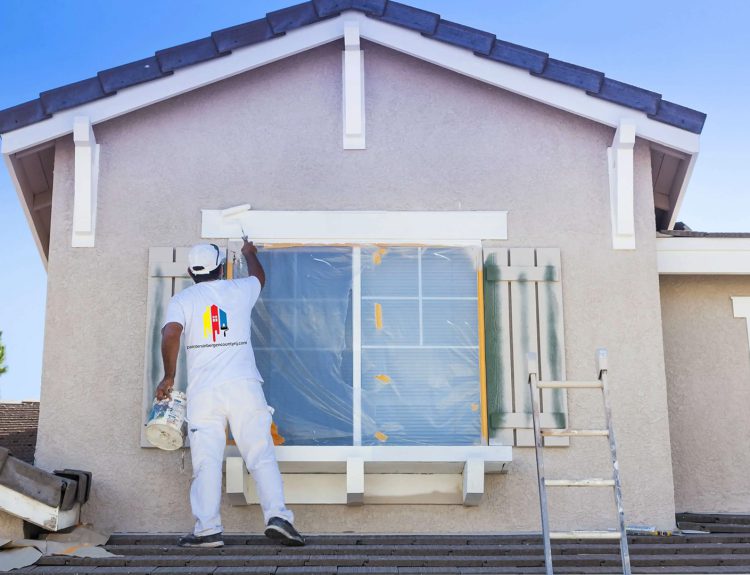Cities around the globe provide people with entertainment, culture, and opportunities, but many struggle to provide something even more essential: water. The World Health Organization warns that by 2025, half of the world’s population will live in places where water is scarce.
Sublet.com, owned by Nestpick Inc. ranked 20 cities based on how much they’re expected to struggle with water shortages in 2040 for Nestpick’s 2050 Climate Change City Index.
Understanding Water Shortages: What The Ratios Mean
The water shortage ratio compares how much water we need to how much we have. If the ratio is 1.0, we have enough water. If it’s less than 1.0, we’re good, but if it’s more, we don’t have enough.
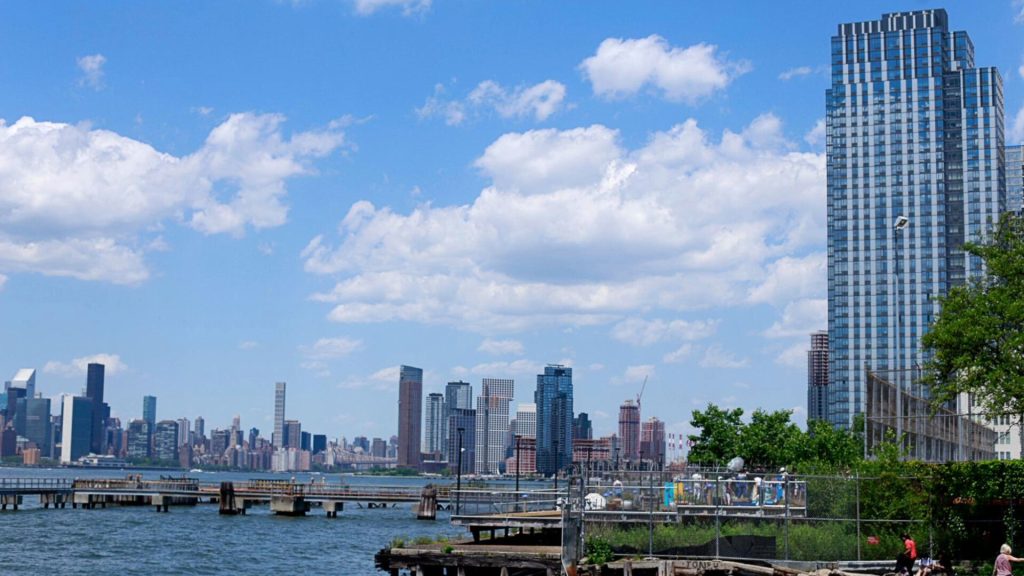
Keep reading to see which big cities will have the most water shortages from 2020 to 2040.
20. San Francisco
Water shortage ratio in 2020: 0.99
Projected water shortage ratio in 2040: 1.05
Even though California is dealing with a long drought, San Francisco is doing okay with its water supply, keeping it at 75% full. People in San Francisco use less water than other places in the state.
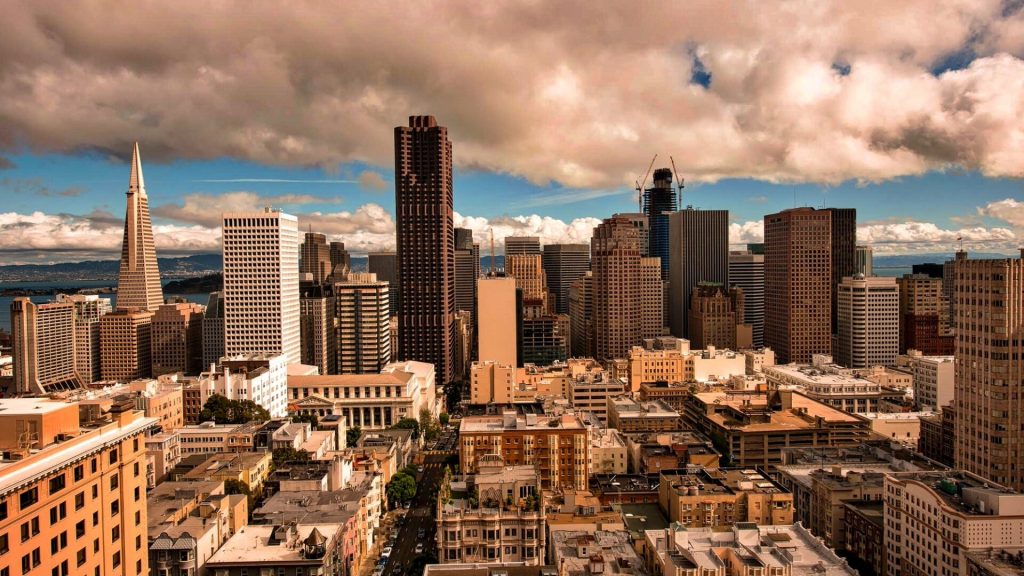
However, there has been less water in the Hetch Hetchy reservoir in the past few years, it’s still manageable. It gives San Francisco 85% of its water, says the San Francisco Chronicle.
19. Rome
Water shortage ratio in 2020: 0.93
Projected water shortage ratio in 2040: 1.06
Global warming is a big issue here just like in the rest of the world, making things even worse for Rome and the rest of Italy.
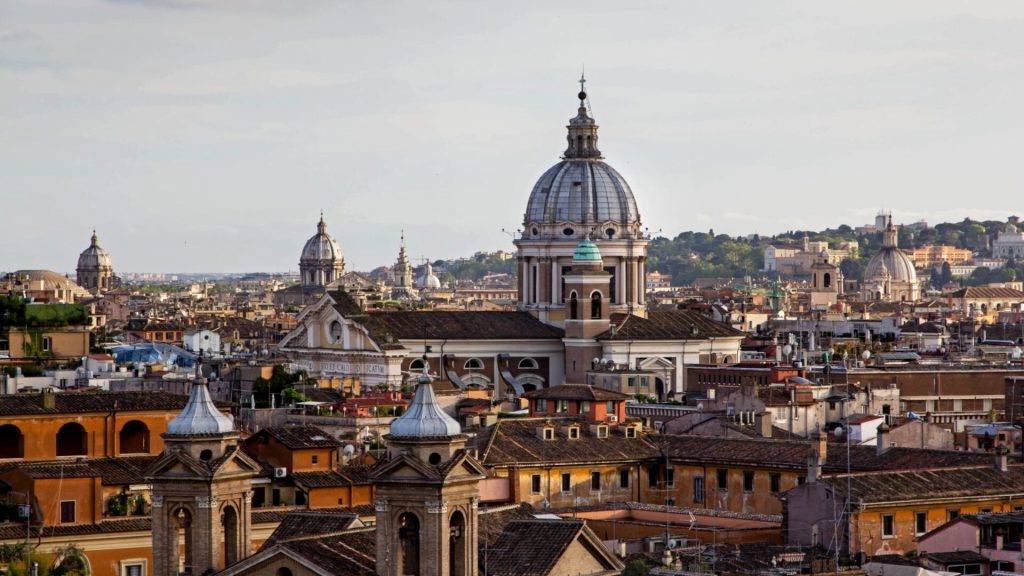
Leaking water pipes means the nation loses about 3 billion cubic meters of water every year. Rome with around 40% of water loss, has fixed over 3,000 miles of pipes up until last year to try to fix this problem.
18. Baltimore
Water shortage ratio in 2020: 1.38
Projected water shortage ratio in 2040: 1.43
The state’s Department of Natural Resources says that as it gets hotter, more people will need water, which could be a problem for the city’s water systems.

A report from the NAACP in 2018 showed that Black neighborhoods were hit hardest by higher bills for water. This was made worse because broken water meters meant the city lost money.
17. New York
Water shortage ratio in 2020: 1.62
Projected water shortage ratio in 2040: 1.65
New York City gets more than 1 billion gallons of water every day from upstate watersheds, but this could be in danger because of more drought and problems with the infrastructure, which are made worse by climate change.
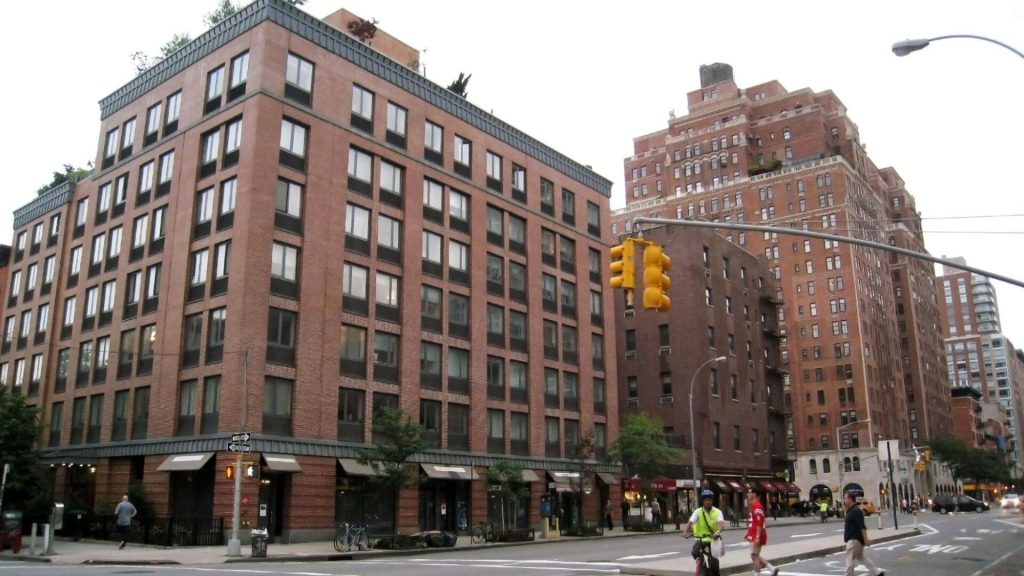
The water quality in the city, which isn’t filtered, is also at risk. By 2050, all 14 wastewater recovery places might be partly below flood level. This could cause pollution in the water if there’s a flood.
16. Sydney
Water shortage ratio in 2020: 1.56
Projected water shortage ratio in 2040: 1.95
The New South Wales auditor general found that Sydney Water Corp. and the Department of Planning, Industry, and Environment didn’t do a good job of checking water resources, starting conservation efforts, or giving enough money since the Metropolitan Water Plan started in 2017.
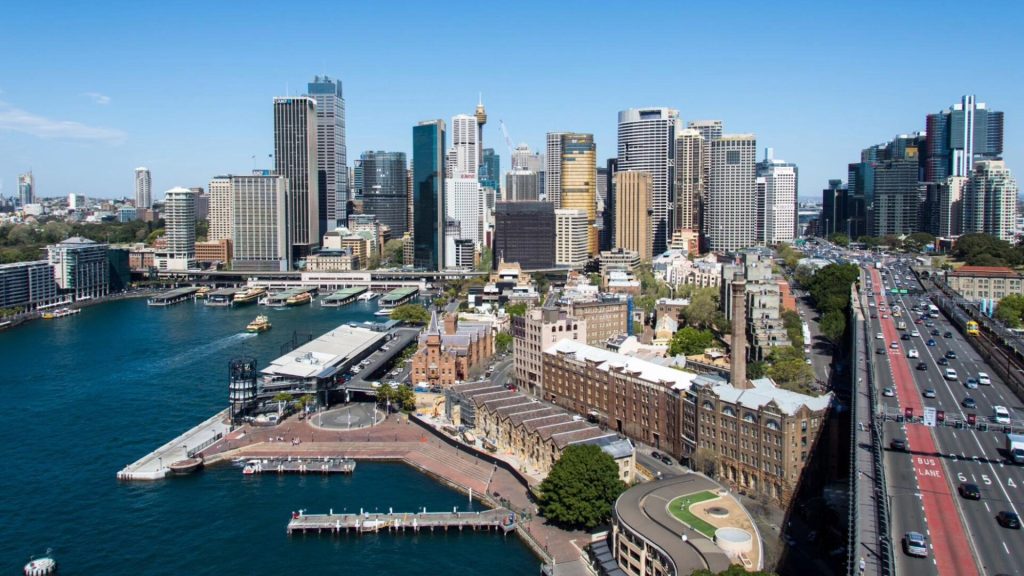
This happened during 34 months of less rain than normal across Australia from January 2017 to October 2019. The really hot weather and drought made Sydney’s water supply go down a lot in 2019, so they put water rules in place for over a year.
15. Melbourne, Australia
Water shortage ratio in 2020: 1.20
Projected water shortage ratio in 2040: 2.01
In 2017, Melbourne Water found out that the city might not have enough water by 2028. This could mean a big water crisis by 2050.
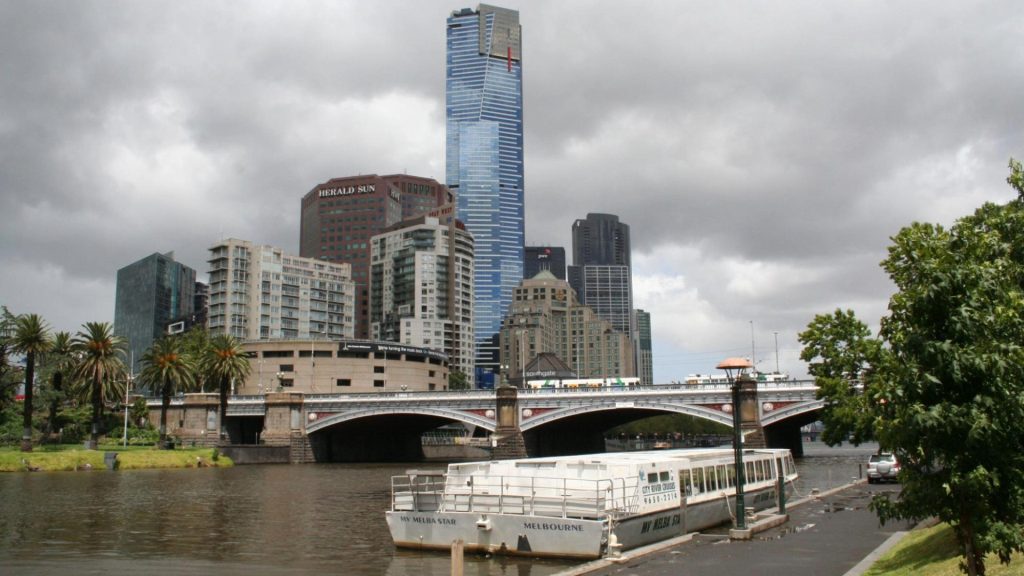
Just like Sydney, Melbourne’s population is growing fast and could double by 2065. Severe droughts are another big problem threatening water supply. Climate change makes things even trickier by making rain patterns harder to predict.
14. Cape Town, South Africa
Water shortage ratio in 2020: 1.95
Projected water shortage ratio in 2040: 2.19
In 2018, Cape Town narrowly avoided a Day Zero crisis during a severe drought, where water would have been shut off due to dwindling supply. Measures like charging more for water, limiting how much people could use, and infrastructure development were employed to prevent this scenario.

However, researchers have warned that the city still might have more droughts in the future because of climate change.
13. Marrakesh, Morocco
Water shortage ratio in 2020: 1.54
Projected water shortage ratio in 2040: 2.47
In 2016, because of climate change and less clean groundwater, the city joined hands with the World Bank and the Water Partnership program.
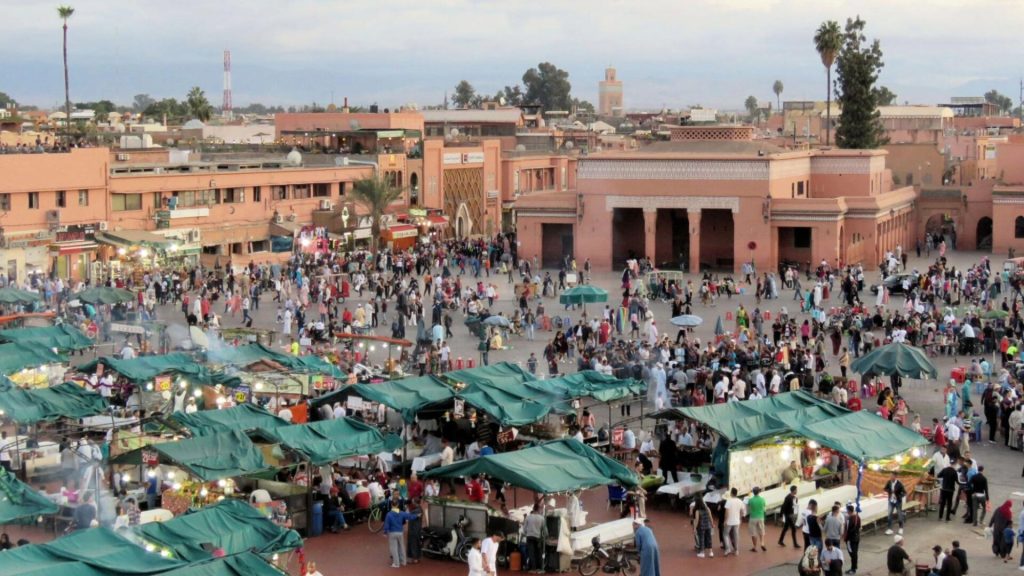
The collaboration sought to find solutions, like collecting rainwater and reusing treated wastewater, to replenish aquifers. They’re doing this because in the past, droughts caused big water shortages, and farmers needed help.
12. Istanbul
Water shortage ratio in 2020: 1.54
Projected water shortage ratio in 2040: 2.78
In early 2021, Istanbul faced a big water problem due to Turkey’s worst drought in a decade. But luckily, an unusual rain event helped, giving the city enough water to last almost eight months until March.

Droughts and not enough water have been big issues for Istanbul because the city has grown quickly with more factories, more people moving there, and more buildings being built over the past forty years.
11. Los Angeles
Water shortage ratio in 2020: 3.63
Projected water shortage ratio in 2040: 3.34
Despite Southern California’s arid nature, a mixture of water sources including imported water, water recycling, and water nurtured from the ground has helped Los Angeles cope with drought.

But climate change, reduction in rainfall, a large number of residents, and faulty infrastructure have all played their parts in a water shortage. In 2018, Los Angeles County passed Measure W to store rainwater as a means of water supply, amongst other efforts.
10. Santiago, Chile
Water shortage ratio in 2020: 1.64
Projected water shortage ratio in 2040: 3.51
Santiago is expected to lose 40% of its available water by 2070 in the coming years with an expected population upsurge set to compound the city’s lack of water.
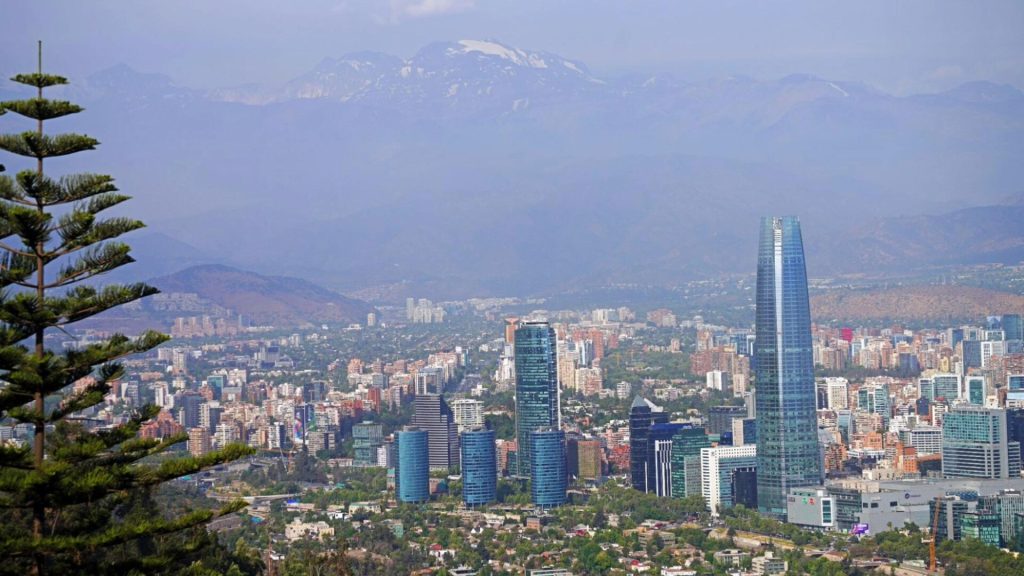
Santiago’s water supply is shrinking a lot because it’s not raining much and it’s getting really hot, causing glaciers in Chile to melt and lately, Santiago only got 10% to 20% of its usual rainfall.
9. Singapore
Water shortage ratio in 2020: 3.24
Projected water shortage ratio in 2040: 3.57
The federal government expects the country’s water use, which is 430 million gallons a day, and it might double to 860 million gallons by 2060, even with climate change putting a strain on the nation’s resources.
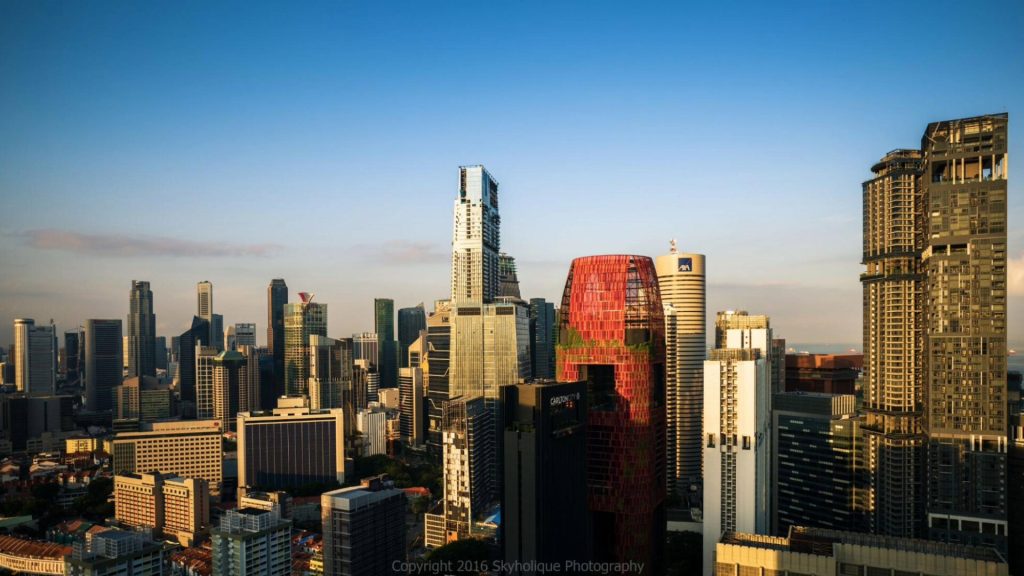
Officials have reached an agreement with Malaysia to import water. They’ve also begun building facilities that make recycled and desalinated water and conducted a campaign to encourage citizens to use less water.
8. Delhi, India
Water shortage ratio in 2020: 4.53
Projected water shortage ratio in 2040: 3.97
Water deficits are nothing new in the city of Delhi. Factors include lack of raw supply, repair work, contamination, and a whole host of other issues. The city and much of the nation have to cope with dirty and scarce water resources partly because of groundwater decline and drought.
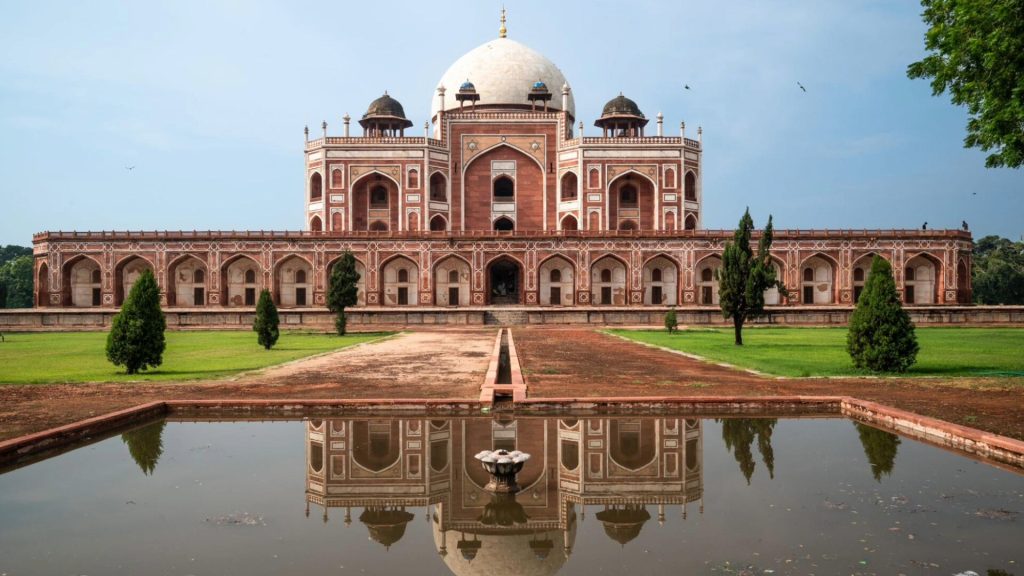
This deficit poses potential problems for farms in the city and puts the nation’s food supply in jeopardy. Health problems could also arise as farmers are likely to turn to untreated water when wells
7. Beijing
Water shortage ratio in 2020: 4.91
Projected water shortage ratio in 2040: 4.23
Beijing, much like the rest of China has been battling abnormally dry weather for quite some time now. There was even a nearly 5-month drought that lasted from October 2017 down to February of the next year.

In response, the city has constructed a South-to-North water diversion project. The project uses a whopping 2700-miles-long series of aqueducts to move water from Southern China to provide 70% of the city’s water.
6. Jerusalem
Water shortage ratio in 2020: 3.52
Projected water shortage ratio in 2040: 5.27
Israel’s water shortage may soon leave its citizens without enough water for their basic needs. These shortages have caused the nation’s government to cut down on water supplies to the agricultural sector. As a result, production rates have dwindled, the ministry reported.
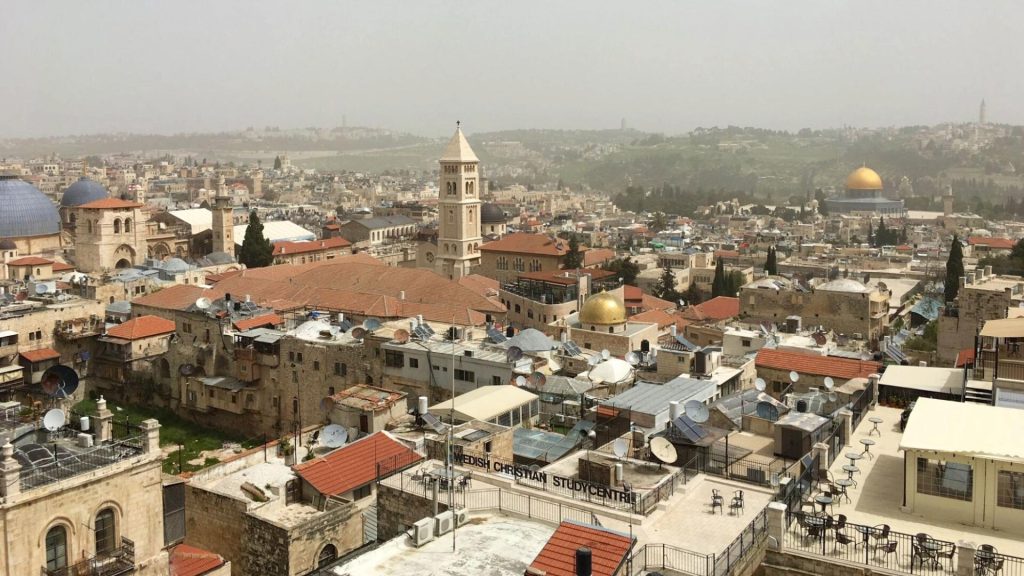
Israel’s response to the problem like many other nations has been to erect desalination plants with the facilities providing 40% of the nation’s drinking water.
5. San Diego
Water shortage ratio in 2020: 5.77
Projected water shortage ratio in 2040: 5.42
Investments have been made over the last few decades to improve the city’s water resources. Desalination and recycled water facilities, pumping of groundwater, and stormwater capture are only a few of the measures taken to escape a complete water crisis in the city.

Officials also plan to build a new recycling system called Pure Water. The wastewater-to-drinking water system is expected to meet up to 43% of the city’s water needs.
4. Dubai, United Arab Emirates
Water shortage ratio in 2020: 7.08
Projected water shortage ratio in 2040: 8.01
As Dubai grew and didn’t get enough rain, it started using desalinated seawater from the Arabian Gulf for almost 90% of its water. But desalination isn’t perfect. It’s expensive and can harm people and the environment.
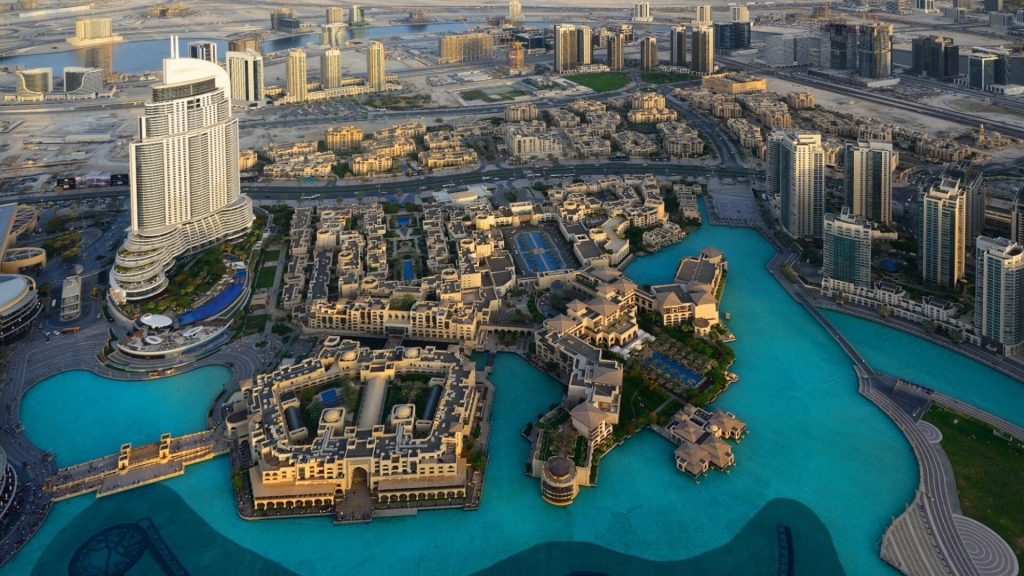
Plus, it’s causing too much water to be used in the Middle East. It has been reported that in about 50 years, the United Arab Emirates might not have enough natural freshwater left.
3. Denver
Water shortage ratio in 2020: 14.88
Projected water shortage ratio in 2040: 18.28
Denver relies on snowmelt to fuel its water storage. However, snowmelts are happening a lot earlier due to rising global temperatures leaving the city with less available water in the summer and fall.

Pollution from runoff, increase in population, and wildfires compound the problem even further. In 2014, Denver Water, which provides water to the city, found that if temperatures increase by as little as 5 degrees Fahrenheit, water supplies could decrease by 20%.
2. Barcelona, Spain
Water shortage ratio in 2020: 31.82
Projected water shortage ratio in 2040: 35.98
2008 remains the driest year on record for Spain though 2017 was a close match. Reservoir supplies dropped to unprecedented levels and this pushed the nation to import water from France.
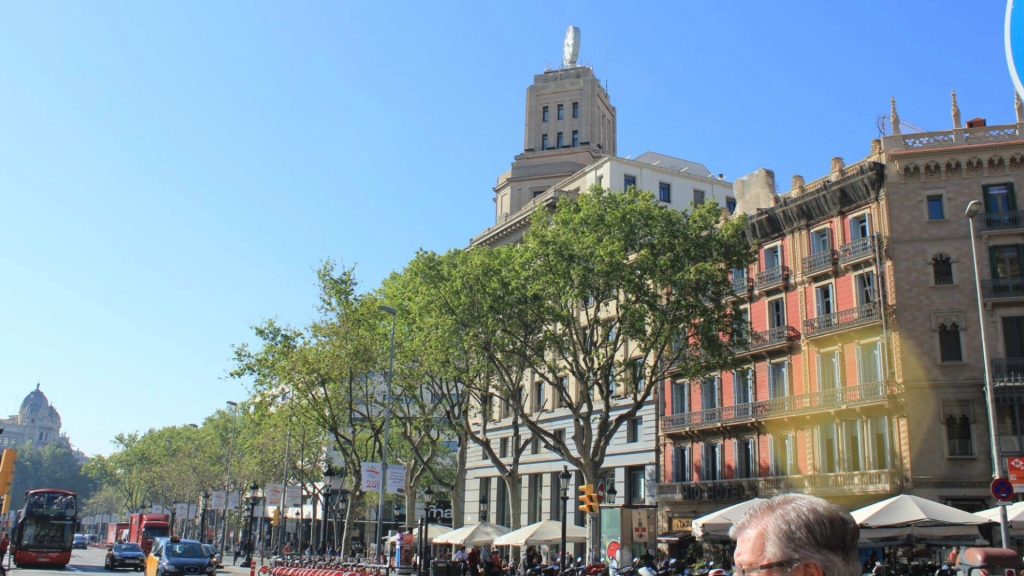
In response to the water crisis in 2017, the city employed a drought protocol and a Climate Action Plan with initiatives to mitigate water shortages and modernize its water system.
1. Doha, Qatar
Water shortage ratio in 2020: 51.77
Projected water shortage ratio in 2040: 51.21
In general, Qatar’s water problems stem from the fact that the country lacks natural water supplies and unstable rainfall patterns with a very high domestic water consumption rate.
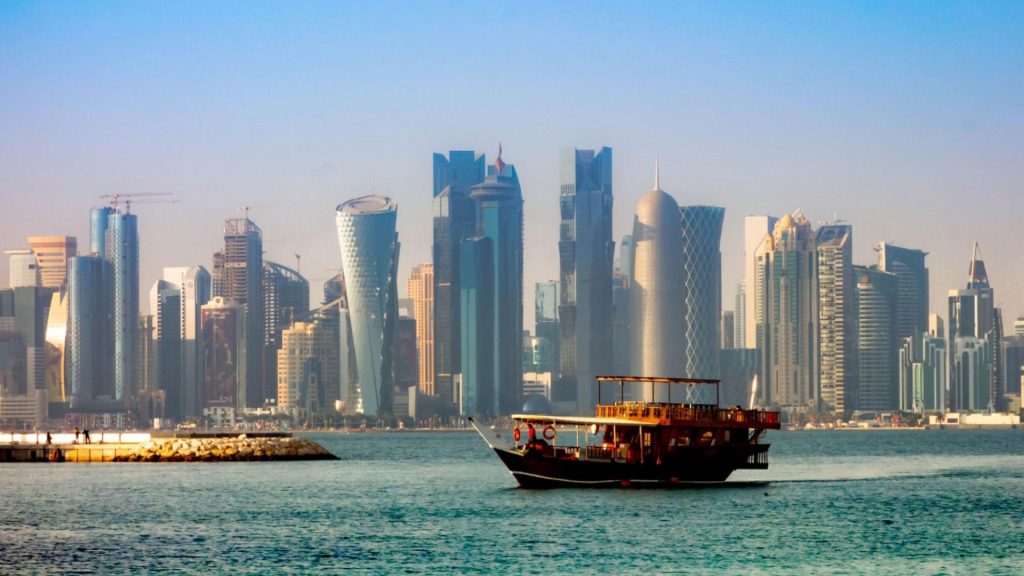
Throw in its arid climate, a growing population, and rising sea levels which can pollute aquifers and it’s pretty tough to envisage an end to the crisis. Possible solutions include the nation’s desalination plants. While in Doha, plans are in motion to build a reservoir.

